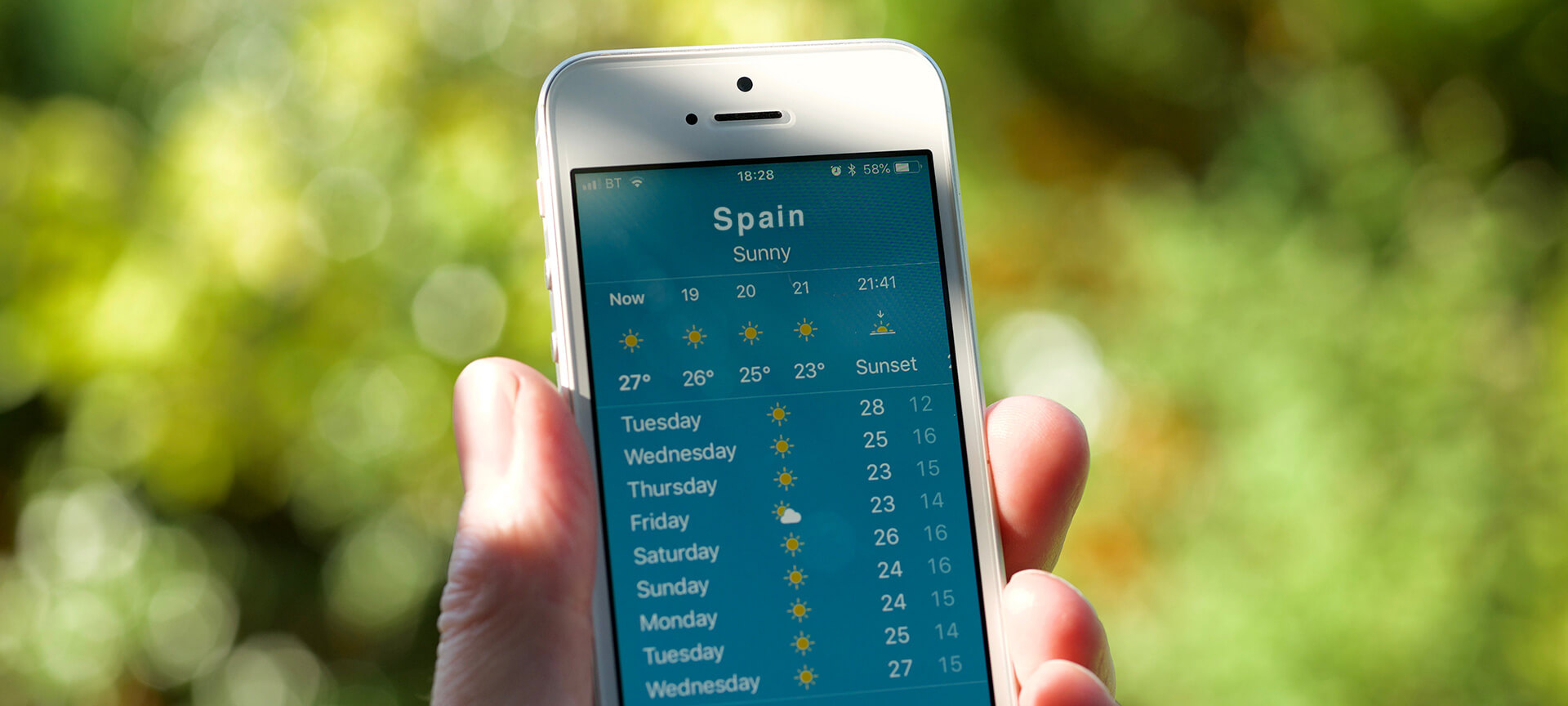Spring - from March to June
Many people would agree that this is the best season for visiting Spain. The sun is almost always out and every day there are more hours of sunshine for enjoying the outdoors during strolls, evenings on the terraces, nature getaways...Take short-sleeve tops, or long-sleeve tops in thin materials, jeans and brightly coloured dresses. Accessories, such as sunglasses, a sun hat, a pashmina and some sandals may be good travelling companions for enjoying sunny mornings and afternoons. A popular saying (“En abril, aguas mil” (April showers)) warns us to also pack a small travel umbrella for the occasional brief but intense showers.





